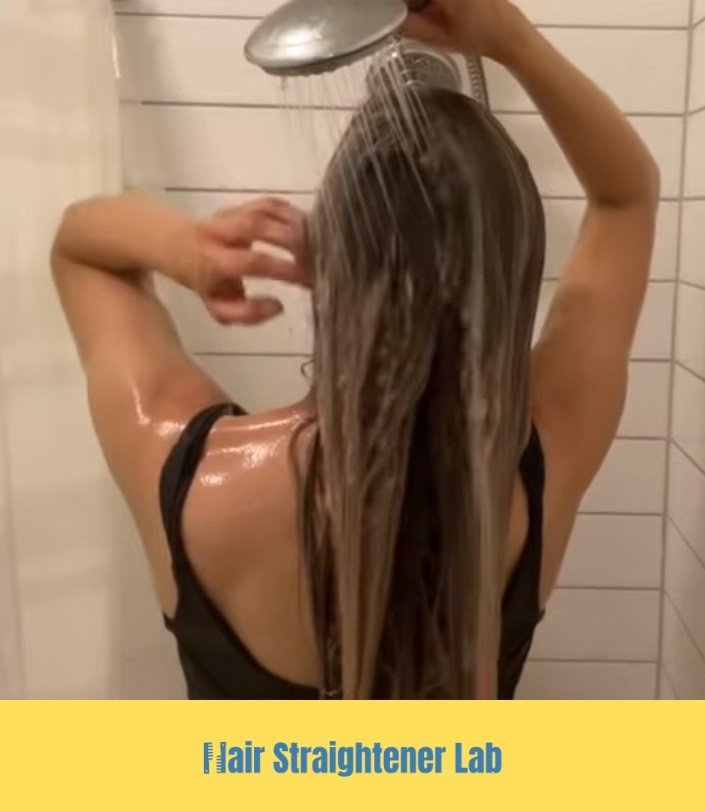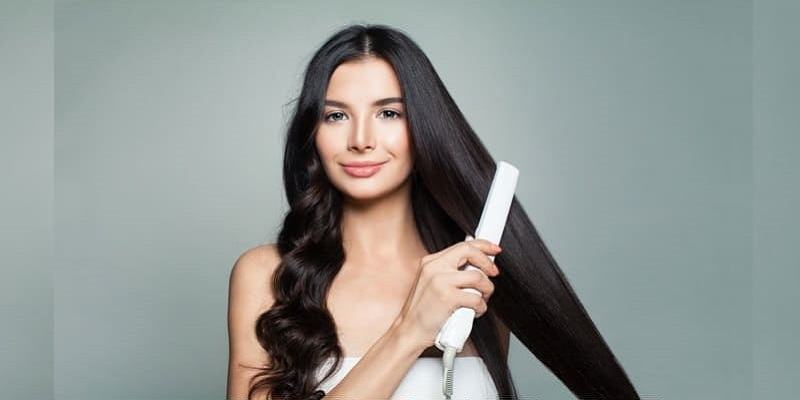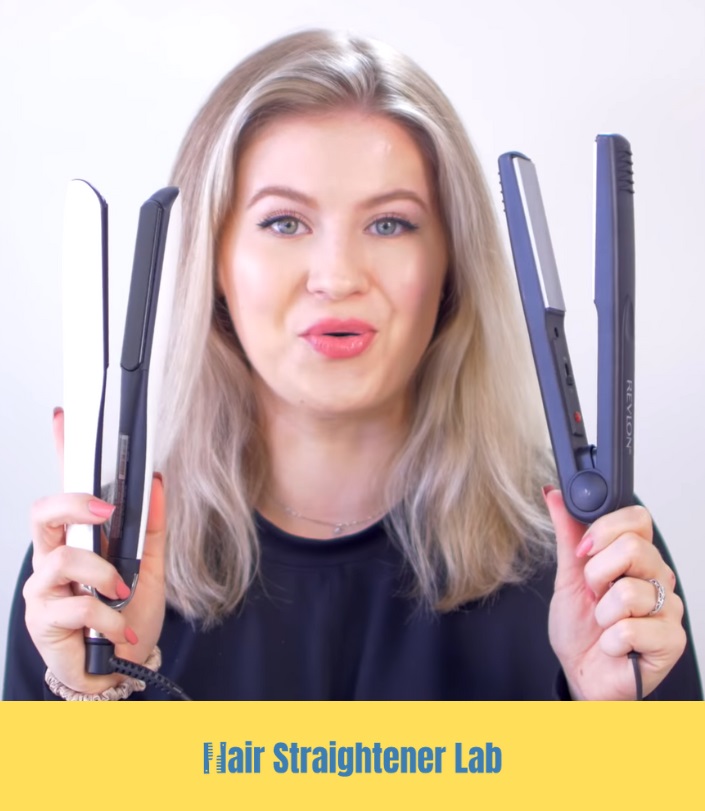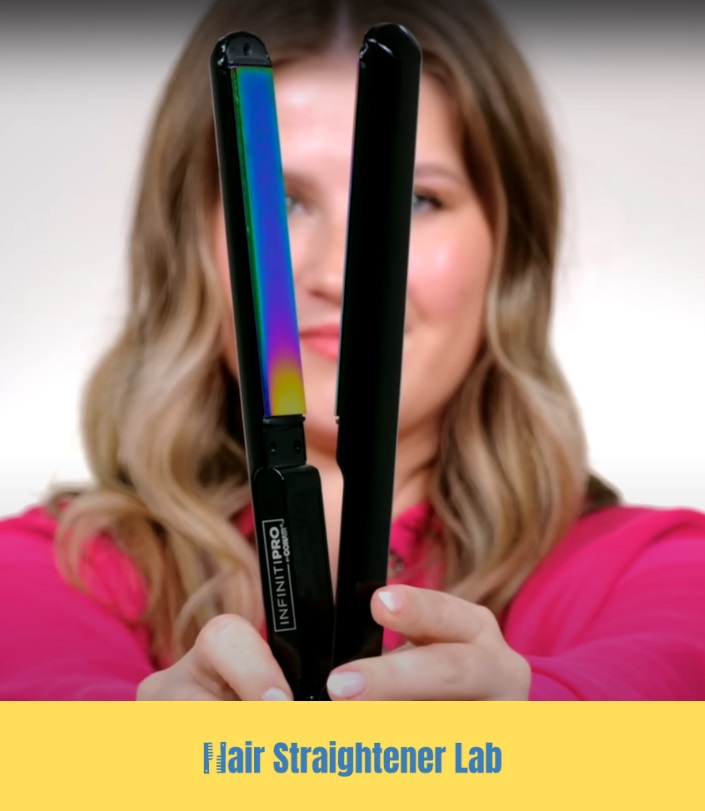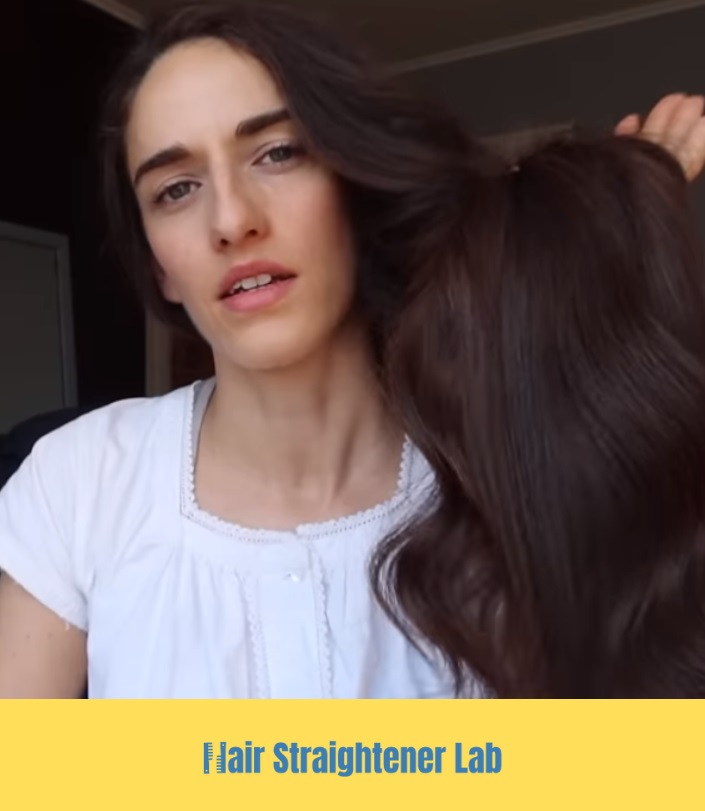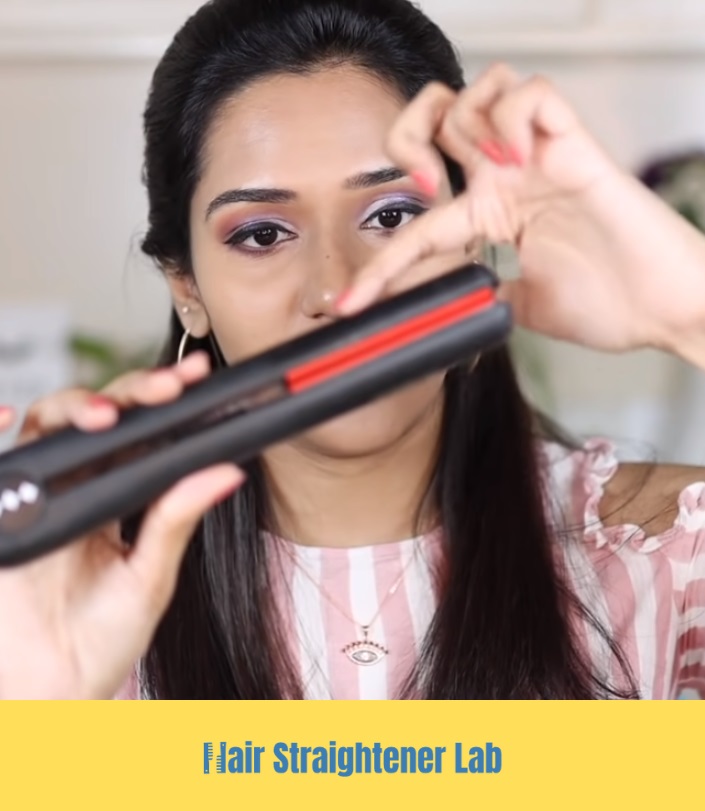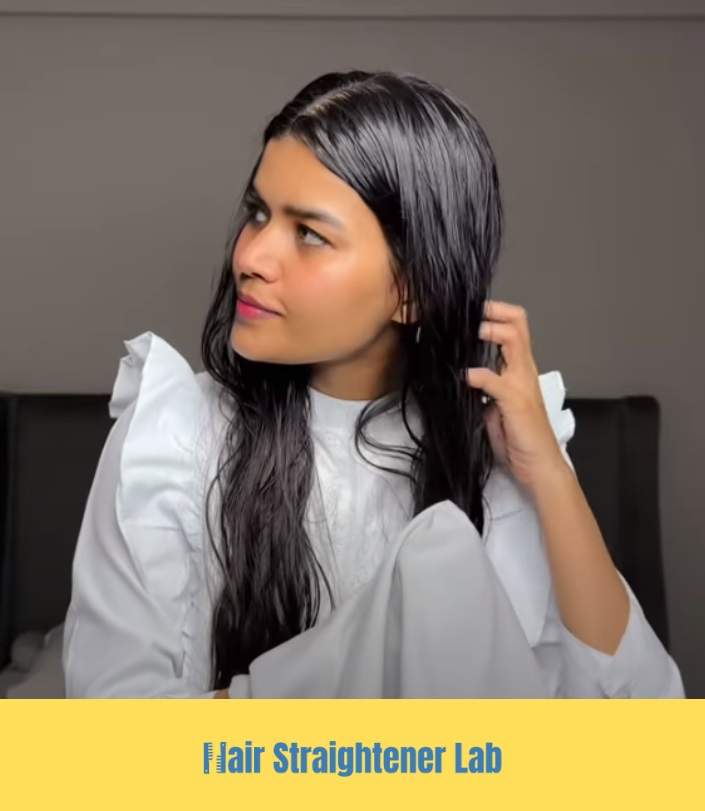As an Amazon Associate I earn from qualifying purchases. Learn More
Have you noticed that your scalp is getting oilier than usual? Or does your hair look flatter than normal? If you have noticed this, it might be because of your hair wash routine. Do you know you can wash your hair in reverse order to get rid of greasiness or flatness? This is called “reverse washing hair”. In this article, we will discuss everything you need to know about reverse washing hair.
What is reverse washing hair?
Just as the name implies, reverse washing hair means you wash your mane in reverse order. Normally, the sequence for washing your locks is to shampoo first, then condition later. But with reverse washing, you will condition first, then shampoo later. This hair wash sequence is especially beneficial to those with fine or thin hair ( more on this later). However, those with coarse or thick hair might not really see the difference.
Pros of reverse washing hair
Here are some of the benefits you will get by reverse washing your hair:
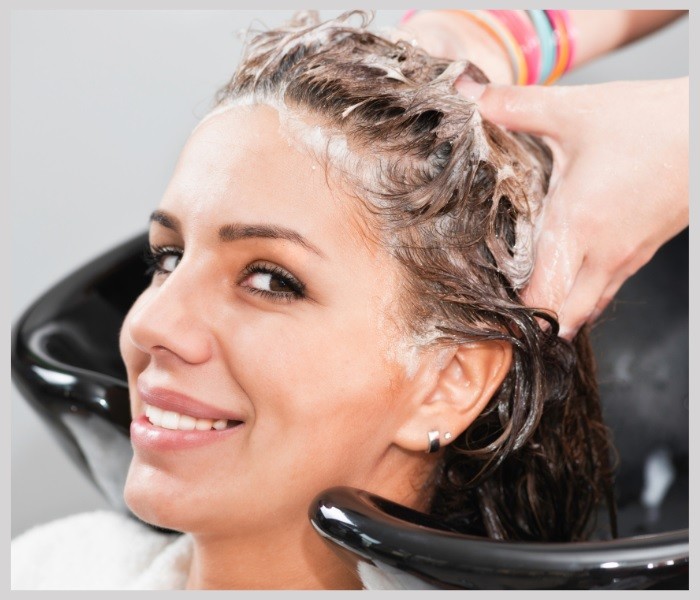
Helps keep the hair hydrated
One of the major benefits of reverse washing is that it helps to moisturize your hair intensely. When we condition after shampooing, we avoid using too much conditioner because of fear of product build-up. But, with reverse washing, you can deeply condition your locks. This will help keep your hair hydrated and nourished after every wash.
Related: Keratin For Hair: A Complete Guide How To Use It
Makes the hair look fuller
Another benefit of reverse washing is that it helps make your hair appear fuller. When your hair is well-hydrated, the diameter of each strand will swell. This will make the strand appear larger than it actually is. Thus, your hair will look dense and the roots will be lifted.
Gets rid of product buildup in the hair
Reverse washing also helps get rid of product buildup in your hair. For those with fine or thin hair, applying conditioner after shampooing might make it look flat and lifeless. This is because their hair gets weighed down due to product buildup. However, with reverse washing, you will get to wash away any form of product buildup on your scalp.
It helps extend wash days.
Another benefit of reverse-washing hair is that it leaves your mane looking cleaner for a longer time. This is because reverse washing gets rid of any form of product residue on your scalp. And no residue on your scalp means there is nothing to attract dirt. Thus, you can skip one or two days in between wash days.
Related: How To Keep Your Hair Dryer Cord Straight And Untwisted
Keeps the color in your mane looking vibrant
Shampooing colored hair will gradually strip off your hair color, making it look lifeless. But, with reverse washing, your hair color looks more vibrant. This is because reverse washing helps keep the hair hydrated. And the more hydrated your colored hair is, the more vibrant it looks.
Cons of reverse washing hair
Even though reverse washing hair has lots of benefits, it still has some disadvantages. Here are some of them:
It does not deal with hair loss problems
Because we stated that reverse washing helps make the hair appear fuller, many people mistake it for a hair loss treatment. This is far from the truth, as reverse washing does not deal with hair loss problems. So, if you have a hair loss problem, you should visit a specialist rather than use the reverse washing technique.
It might not work well for coarse hair
Another disadvantage of reverse washing is that it might not work well for coarse hair. Coarse hair suffers from chronic dryness and needs all the moisture it can get. And when you condition before shampooing, you might have washed off the little hydration the hair got from the conditioner. As a result, the hair is deficient in moisture. So, you might have to condition again to retain hydration.
Related: Can You Bring A Hair Straightener On A Plane Carry-On
How to go about reverse washing hair?
To get the most out of reverse washing hair, here are the steps to follow:
Step 1: Wet your mane
The first thing to do is to ensure that you wet your hair. Make sure that your locks are fully drenched with water. This will help with the distribution of the conditioner to all your strands.
Step 2: Apply Conditioner
The next step is to apply a conditioner. Remember, we called it reverse washing, so conditioner first before shampooing. Work the conditioner into your hair and scalp. Then let it sit on your mane for about five to ten minutes. This will help your hair absorb every moisturizing ingredient present in the conditioner. Once the time is up, rinse the conditioner off with warm water.
Step 3: Apply Shampoo
Now, it is time to apply some shampoo. Do not use too much shampoo so as not to wash off the nutrients in the hair. Besides, you should focus more on shampooing the roots rather than the strands. This will ensure you wash off every leftover product on your scalp. After lathering the shampoo on your hair, rinse it off. And that’s it. You have successfully reverse-washed your hair.
Note: If you have coarse or thick hair, you might want to apply a little bit of conditioner after you have washed away the shampoo. This will help keep your hair nourished and moisturized.
How often should you reverse wash your hair?
As we said earlier, reverse washing hair does not work for all hair types. If you find out that reverse washing is beneficial for your hair type, you can incorporate it into your hair care routine. This means that you can reverse wash every time you wash your hair. But, if the reverse is the case, you might have to go back to the normal hair wash routine.
Final Thoughts
The bottom line is that reverse washing hair is most beneficial to those with fine or thin hair. This is because it helps to keep their mane hydrated and get rid of product buildup at the same time. But, this hair washing technique does not solve hair loss issues. Besides, it might not be beneficial for those with coarse hair. Follow the step-by-step guide in this article to get the most out of the reverse hair washing technique.
